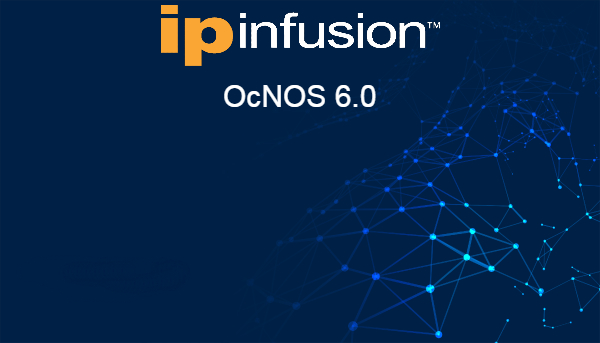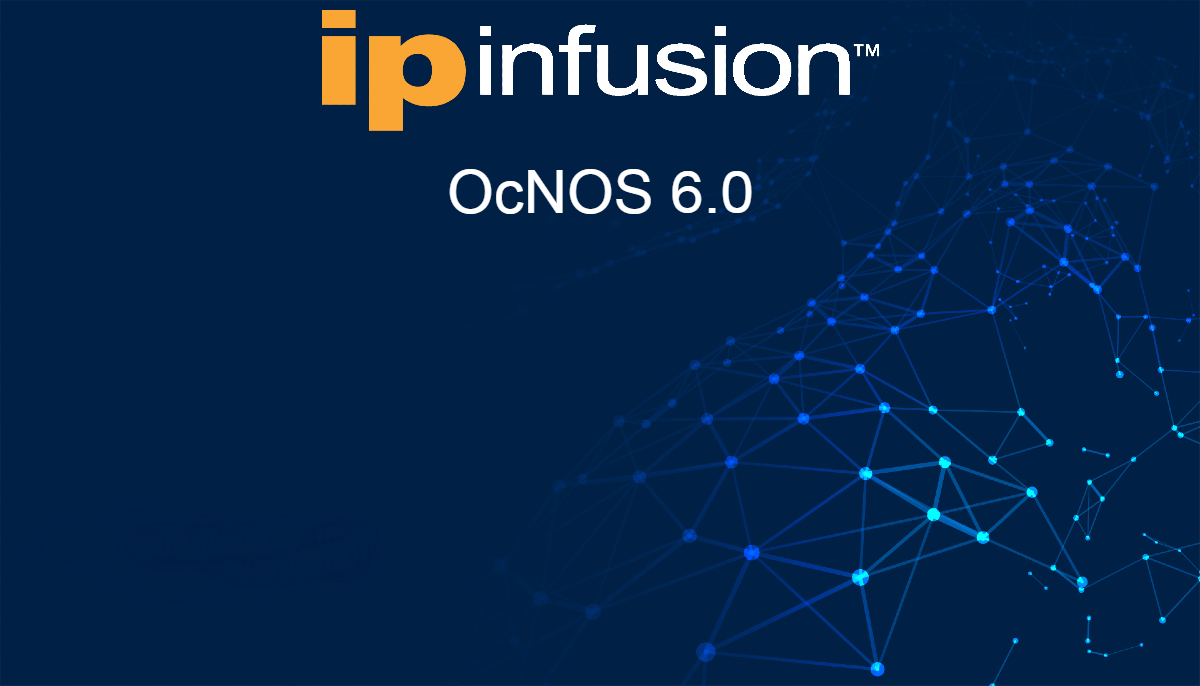Over the past few years, a number of internet Service Providers (ISPs) have upgraded to 100 Gigabit core networks. Many have found success using Mikrotik on the path to 100Gb core using Layer 2 VPN technology like VPLS. With the proper hardware and design, this...
mpls

IP Infusion OcNOS 6.0: Tag Operations
One of the biggest misconceptions I had before moving into the service provider space was that all layer 2 operations had been replaced with layer 3. I quickly found out that even if you are routing everything there are still a lot of layer 2 overlays in place,...

IP Infusion OcNOS 6.0: interop VPWS and VPLS
With the current state of the supply chain lead times for networking gear can be astronomical. This led consumers to look at other options for networking equipment forcing the whitebox and disaggregated networking market to become more prevalent. With full featured...

IP Infusion 6.0: L3VPN and 6VPE interop with Juniper
A while back we published a blog on ip infusion's OcNOS and MikroTik interop with segment routing mpls and LDP. Today we are going to build on the fundamentals learned there to test VPNv4 and VPNv6 interoperability with Juniper. We're going to start with the same...
 +1 (855) 645-7684
+1 (855) 645-7684